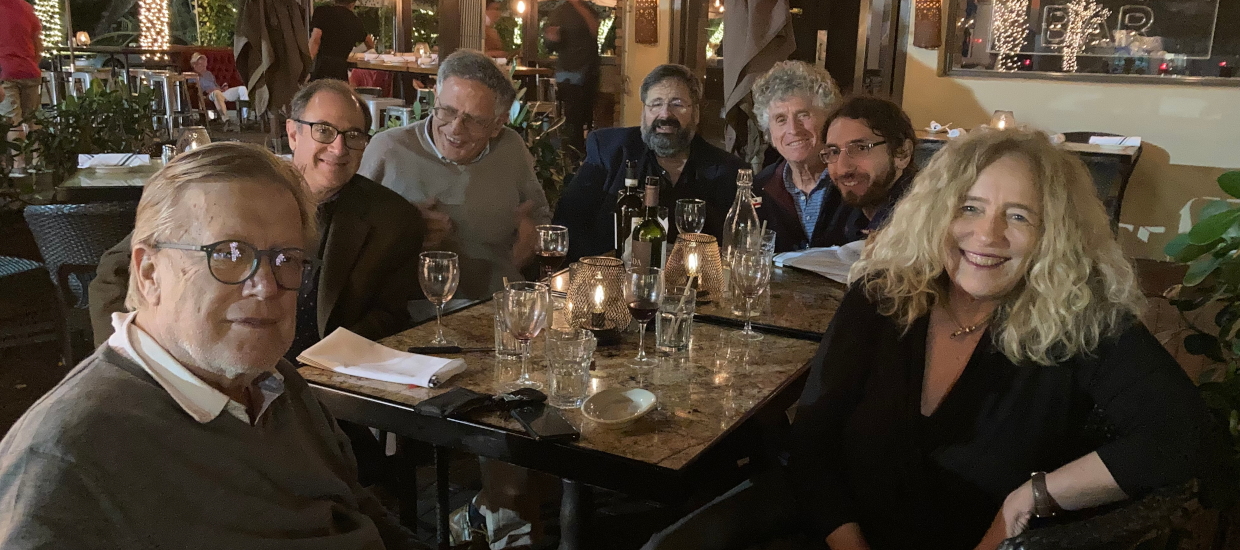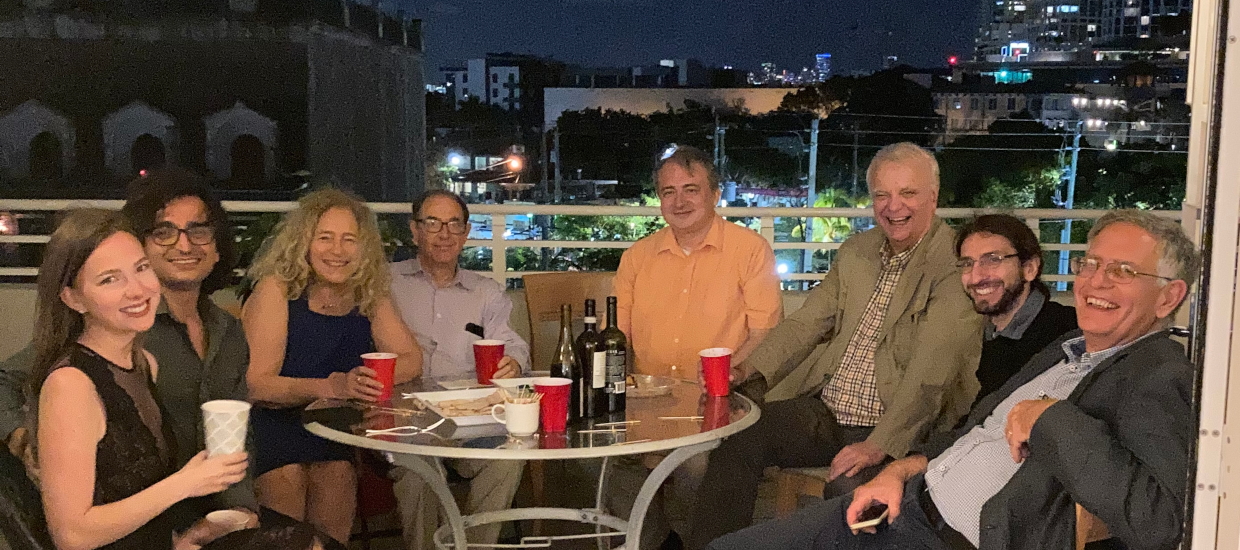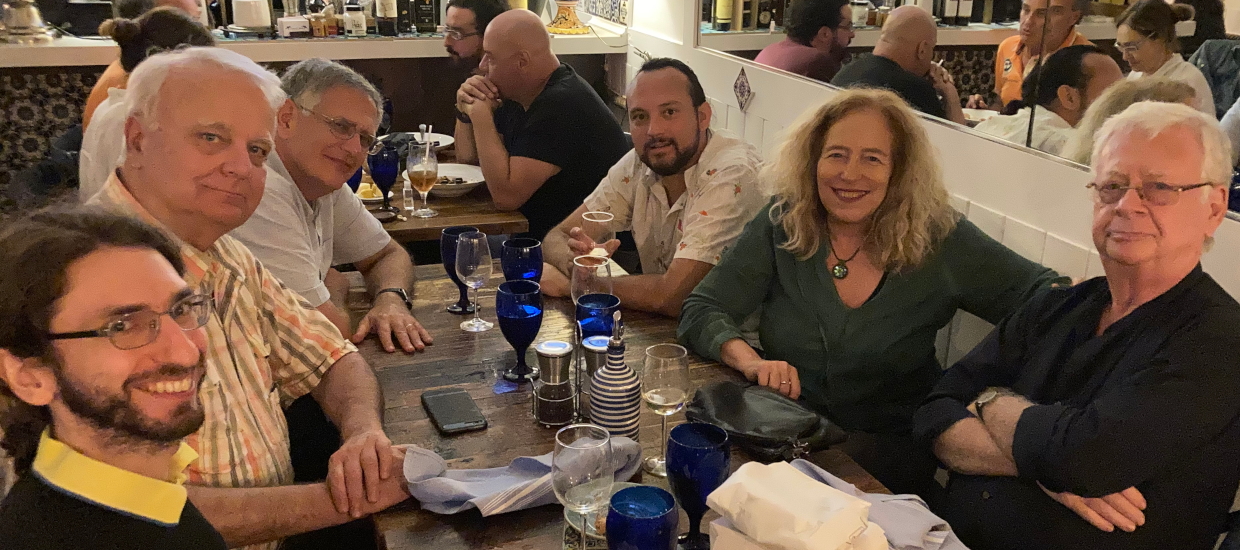The Average Genus of a 2-Bridge Knot Grows Linearly with Respect to Crossing Number
Dr. Moshe Cohen
State University of New York
9:15am - 10:15am
Abstract: Dunfield et al provide experimental data to suggest that the Seifert genus of a knot grows linearly with respect to crossing number. We prove this holds among 2-bridge knots using Chebyshev billiard table diagrams developed by Koseleff and Pecker. This work builds on results by the first author with Krishnan and Even-Zohar and Krishnan on a random model using these diagrams. This work also uses and improves upon results by the author demonstrating a lower bound for the average genus among a weighted collection of 2-bridge knots.
This is joint work with Adam Lowrance.
Moduli Spaces for Rational Elliptic Surfaces (of Index 1 and 2)
Dr. Rick Miranda
Colorado State
10:20am - 11:20am
Abstract: Elliptic surfaces form an important class of surfaces both from the theoretical perspective (appearing in the classification of surfaces) and the practical perspective (they are fascinating to study, individually and as a class, and are amenable to many particular computations). Elliptic surfaces that are also rational are a special sub-class.
The first example is to take a general pencil of plane cubics (with 9 base points) and blow up the base points to obtain an elliptic fibration; these are so-called Jacobian surfaces, since they have a section (the final exceptional curve of the sequence of blowups). Moduli spaces for rational elliptic surfaces with a section were constructed by the speaker, and further studied by Heckman and Looijenga. In general, there may not be a section, but a similar description is possible: all rational elliptic surfaces are obtained by taking a pencil of curves of degree 3k with 9 base points, each of multiplicity k.
There will always be the k-fold cubic curve through the 9 points as a member, and the resulting blowup produces a rational elliptic surface with a multiple fiber of multiplicity m (called the index of the fibration). A. Zanardini has recently computed the GIT stability of such pencils for m=2; in joint work with her we have constructed a moduli space for them via toric constructions. I will try to tell this story in this lecture.
From Turaev to Rokhlin via VOA Characters and Curve Counting I
Dr. Sergei Gukov
California Institute of Technology
11:30am - 12:30pm
Abstract: These lectures will present a board survey of recent work on new q-series invariants of 3-manifolds labeled by Spin-C structures. While the original motivation for studying these invariants is rooted in topology, they exhibit a number of unexpected properties and connections to other areas of mathematics, e.g. turn out to be characters of logarithmic vertex algebras. The integer coefficients of these q-series invariants can be understood as the answer to a certain enumerative problem, and when q tends to special values these invariants relate to other invariants of 3-manifolds labeled by Spin and Spin-C structures.
The $K(\pi, 1)$ Conjecture II
Dr. Giovanni Paolini
University of Illinois
1:50pm - 2:50pm
Abstract: We introduce to the proof of the classical $K(\pi,1)$ conjecture, recently given in the case of affine Artin groups (G. Paolini, M. Salvetti, "Proof of the $K(\pi, 1)$ conjecture for affine Artin groups", Inven. Math, {\bf 224}, 2 (2021)").
Divergence in Coxeter Groups
Dr. Ignat Soroko
Florida State University
3:00pm - 4:00pm
Abstract: Divergence of a metric space is an interesting quasi-isometry invariant of the space which measures how geodesic rays diverge outside of a ball of radius r, as a function of r. Divergence of a finitely generated group is defined as the divergence of its Cayley graph. For symmetric spaces of non-compact type the divergence is either linear or exponential, and Gromov suggested that the same dichotomy should hold in a much larger class of non-positively curved CAT(0) spaces.
However, this turned out not to be the case and we now know that the spectrum of possible divergence functions on groups is very rich. In a joint project with Pallavi Dani, Yusra Naqvi, and Anne Thomas, we initiate the study of the divergence in the general Coxeter groups. We introduce a combinatorial invariant called the `hypergraph index', which is computable from the Coxeter graph of the group and use it to characterize when a Coxeter group has linear, quadratic or exponential divergence, and also when its divergence is bounded by a polynomial.






